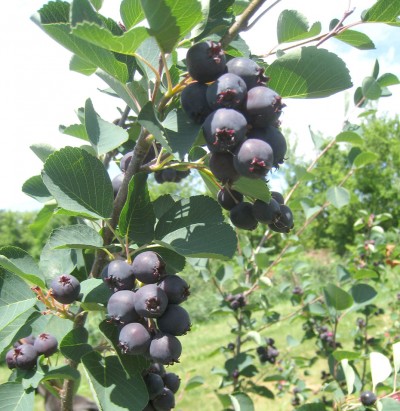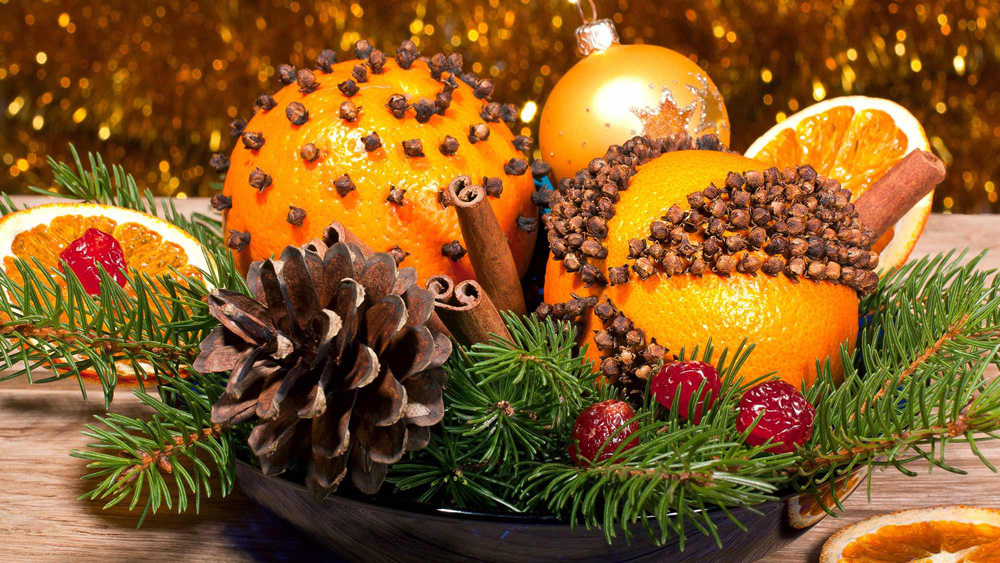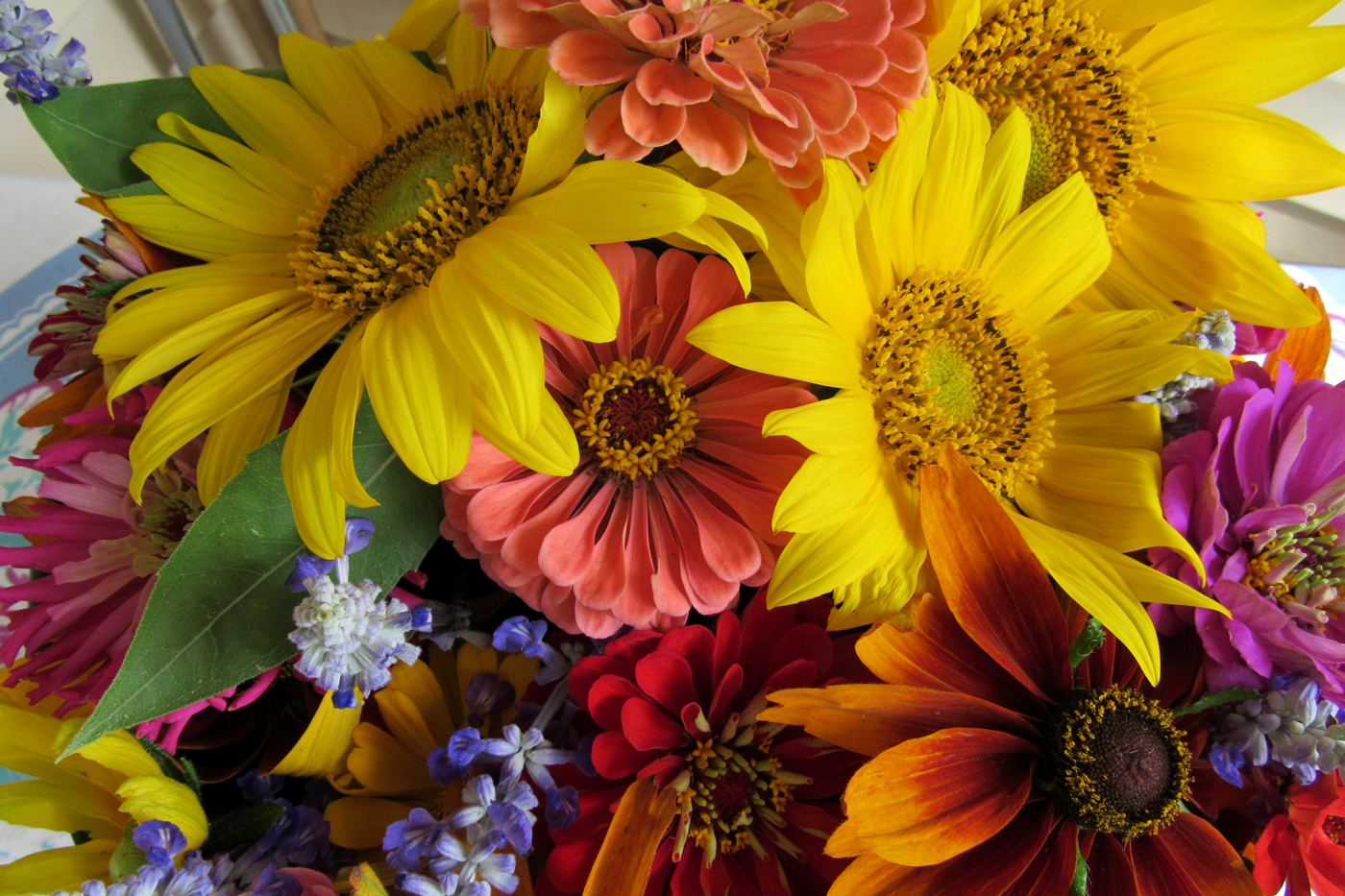A berry of a different kind: Juneberry

The summer berry season has truly begun and over the next few months, we will be enjoying many tiny gems from the garden and farm: strawberries, blueberries, raspberries, blackberries, mulberries, elderberries and more, including juneberries.
Juneberries, also known as Saskatoon berries, are a native North American plant and look somewhat like a blueberry. They typically have been grown in central Canada and are not as widely known here in the Northeast.
According to Cornell Cooperative Extension, there are two main species: Amelanchier alnifolia – a high yielding species grown as a crop; and Amelanchier canadensis, a wild shrub or tree found in the Eastern U.S.
The juneberry is a fan of cold, dry weather, meaning the plants hold up even after the two frigid winters we have had. The fruit ripens late in June and continues into July.
The berries are described as having a taste similar to sweet black cherries, or a mild blackberry with a hint of almond in the soft, tiny seed. The fruit is very nutritious, containing high levels of protein, calcium, iron and antioxidants. Juneberries contain twice as much potassium as blueberries and large amounts of magnesium and phosphorous and have about as much vitamin C, riboflavin, vitamin B-6, folate, vitamin A and vitamin E as blueberries.
Finding plant material is a challenge if you want to try growing juneberries. At their juneberries.org website, Cornell University Cooperative Extension lists a few growers, including: Bundschuh’s Greenhouses, 1033 Victor Road, Macedon, NY, 315-986-8872; Schlabach’s Nursery, 2784 Murdock Road, Medina, NY, 1-866-600-5203 to request a catalog; and St. Lawrence Nurseries, 325 State Highway 345, Potsdam, NY, 315-265-6739. Robb Farms on Gallup Road, Spencerport, has grown the berries a few seasons and report their 2015 crop is done now.
Juneberries need two-to-three years of zero competition from other plants to become established, so if you plant them, make sure you keep the site free of weeds. Once established, they tolerate a wide range of soil pH conditions – 4.8-8.0 – as well as soil textures – coarse sand to silty clay. That’s great news for people like me who have had a struggle growing blueberries which demand acidic soil. Another big bonus – the self-pollinating flowers are frost hardy.
One thing to watch for if you try to grow the plant, the juneberry is native to North America, but prefers a bitter cold, dry climate with low-fertility soils. Here in the Northeast, high humidity poses a problem with powdery mildew and fungal diseases on young plants. Additionally, although they grow in a range of soils, juneberries will not tolerate soggy ground or standing water.
Cultivars recommended by Cornell for our area include: ‘Smoky,’ ‘JB-30,’ ‘Martin,’ ‘Regent,’ ‘Northline,’ and ‘Pembina.’
The berries can be eaten fresh from the shrub and also used any way that other fruit is used – for muffins, breads, salads, jams, preserves, granola, pies, sprinkled on cereal or oatmeal, in fruit crisps or pancakes. According to Cornell, the flavor pairs well with chocolate and coffee-flavored foods.
When planting juneberries, develop the site well in advance of planting. Space rows 10-12 feet apart with about 4 feet between bushes. It will take three years after planting for the first crop to be ready and bushes yield 4-6 pounds of berries annually.





